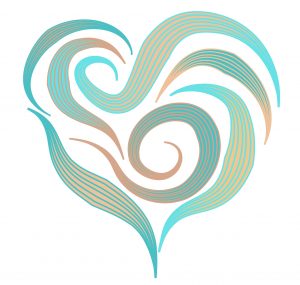 Have you ever come across a worn-out book, its pages yellowed with age, and wondered about its story? Now, imagine transforming that book into a breathtaking work of art, infused with your creativity and emotions. Welcome to the world of altered books—a realm where old narratives blend with new artistic expressions, creating something truly unique and captivating.
Have you ever come across a worn-out book, its pages yellowed with age, and wondered about its story? Now, imagine transforming that book into a breathtaking work of art, infused with your creativity and emotions. Welcome to the world of altered books—a realm where old narratives blend with new artistic expressions, creating something truly unique and captivating.
But what exactly is an altered book?
At its core, an altered book is a literary canvas, a book chosen for its antiquity or outdated content and reborn through artistic reinterpretation. A new life can be infused into these forgotten volumes, employing various media such as collage, painting, and a mixture of materials to craft their masterpiece. Each altered book is a testament to the creator’s vision and individuality, showcasing their distinctive style and narrative.
But altered books are not just about artistic expression—they also offer a therapeutic outlet for creators. Engaging in the process of transforming a book into art can be profoundly cathartic, allowing the creator to explore their emotions, memories, and innermost thoughts.
It’s a form of self-expression that transcends words, providing a safe space for reflection and healing.
Creating an altered book journal is a deeply personal and rewarding experience that allows you to blend a variety of creative materials and writing in a unique and meaningful way. Here are a few steps to help get you started, so gather your materials, unleash your creativity, and let your altered book journal become a reflection of your innermost thoughts, feelings, and dreams.
- Select Your Book: Choose a book that resonates with you. It could be an old novel, a poetry collection, or any other book with pages sturdy enough to withstand alteration.
- Gather Your Materials: Collect a variety of art supplies such as acrylic paints, markers, colored pencils, collage materials (like magazine cutouts, fabric scraps, and ephemera), stamps, stencils, washi tape, and any other decorative elements you want to incorporate.
- Prepare the Pages: Before you start altering, you may want to prepare some of the pages by gessoing them. Gesso is a primer that helps create a smooth surface for painting and collage. Alternatively, you can work directly on the existing pages for a more textured look.
- Start Altering: Let your creativity flow as you begin altering the pages of your book. Experiment with different techniques such as painting, drawing, collage, stamping, and layering. Don’t be afraid to make mistakes—embracing imperfections is part of the process.
- Add Your Journaling: As you alter the pages, leave space for writing and reflection. You can journal directly onto the pages using pens or markers, or you can create pockets, envelopes, or flaps to tuck away private thoughts and reflections.
- Continue to Add Layers: As you work on your altered book journal over time, continue to add layers of creativity and meaning. Revisit pages to add new elements, journal entries, or reflections as your journey unfolds.
- Reflect and Reconnect: Take time to reflect on your altered book journal regularly. Use it as a tool for self-discovery, healing, and self-expression. Reconnect with yourself through the creative process and allow your altered book journal to be a source of inspiration and growth.
Remember that creating an altered book journal is as much about the journey as it is about the finished product. Allow yourself to experiment, play, and explore without worrying about perfection.
Are you intrigued by the idea of delving into the world of altered books? Do you find solace in creative expression and journaling? If so, we invite you to join our art therapy group—a gathering of like-minded individuals who share a passion for art and storytelling. An experienced Art Therapist is waiting to support you in this technique of self-expression, healing, and personal growth. Contact us today!

